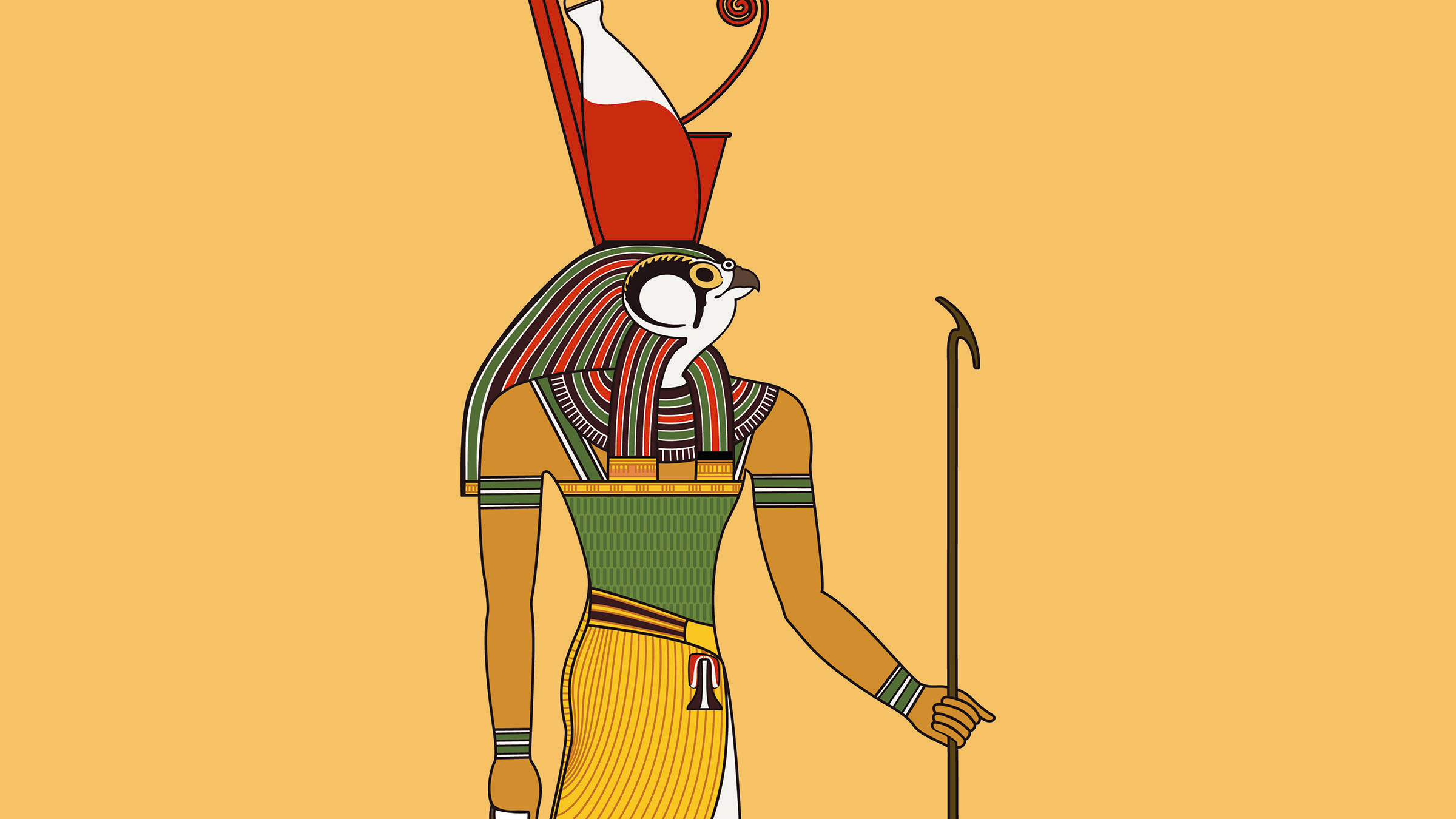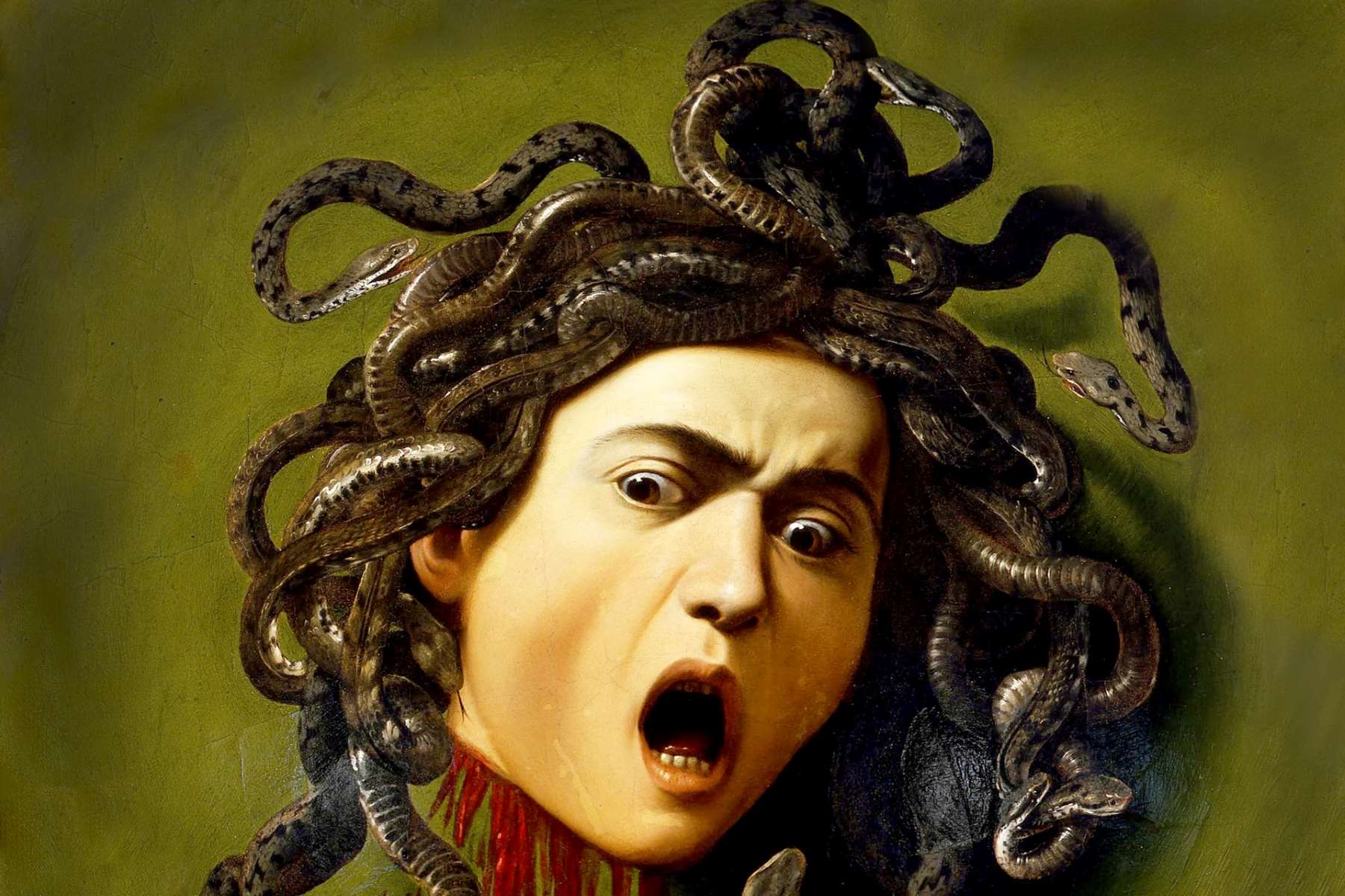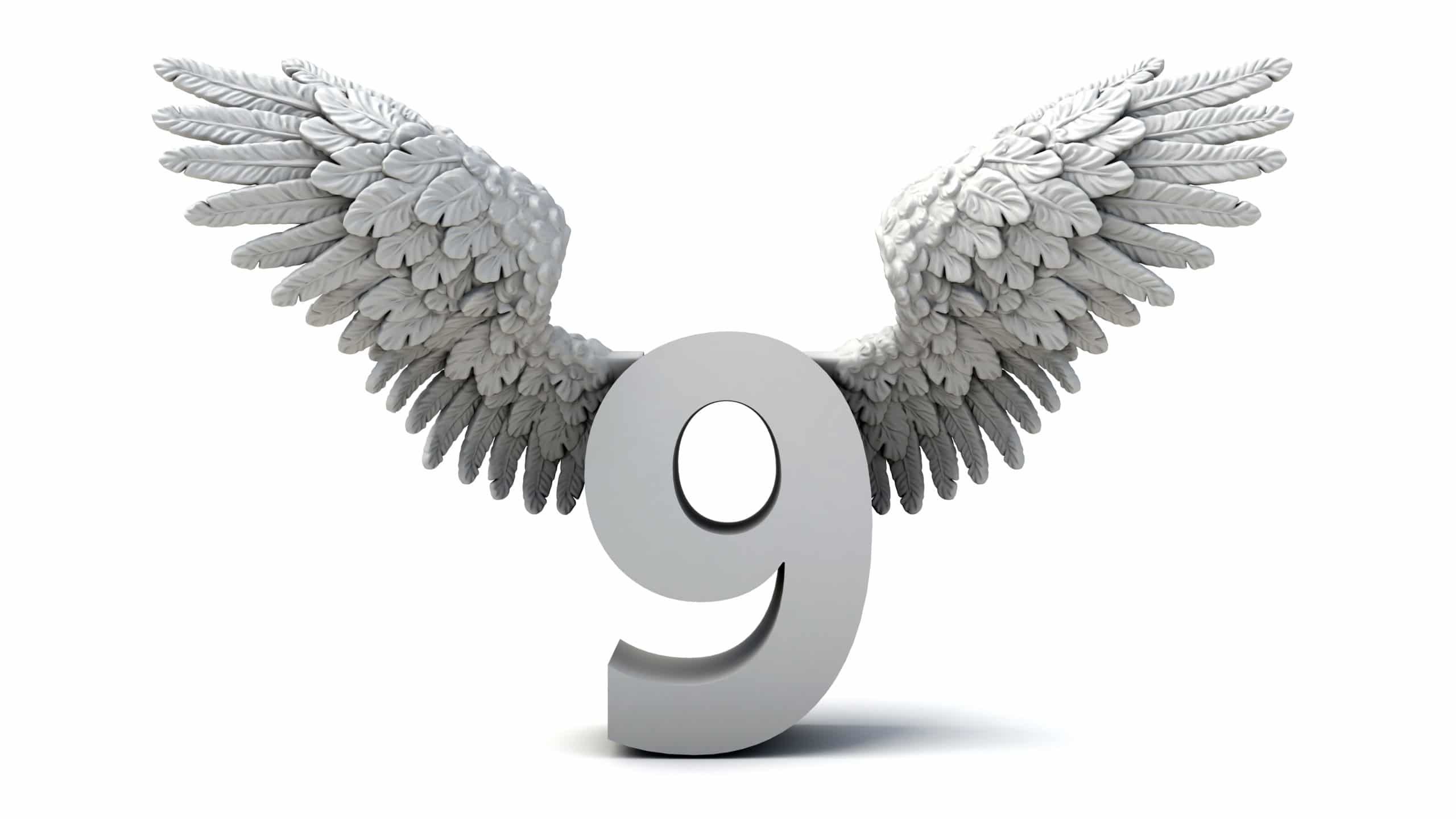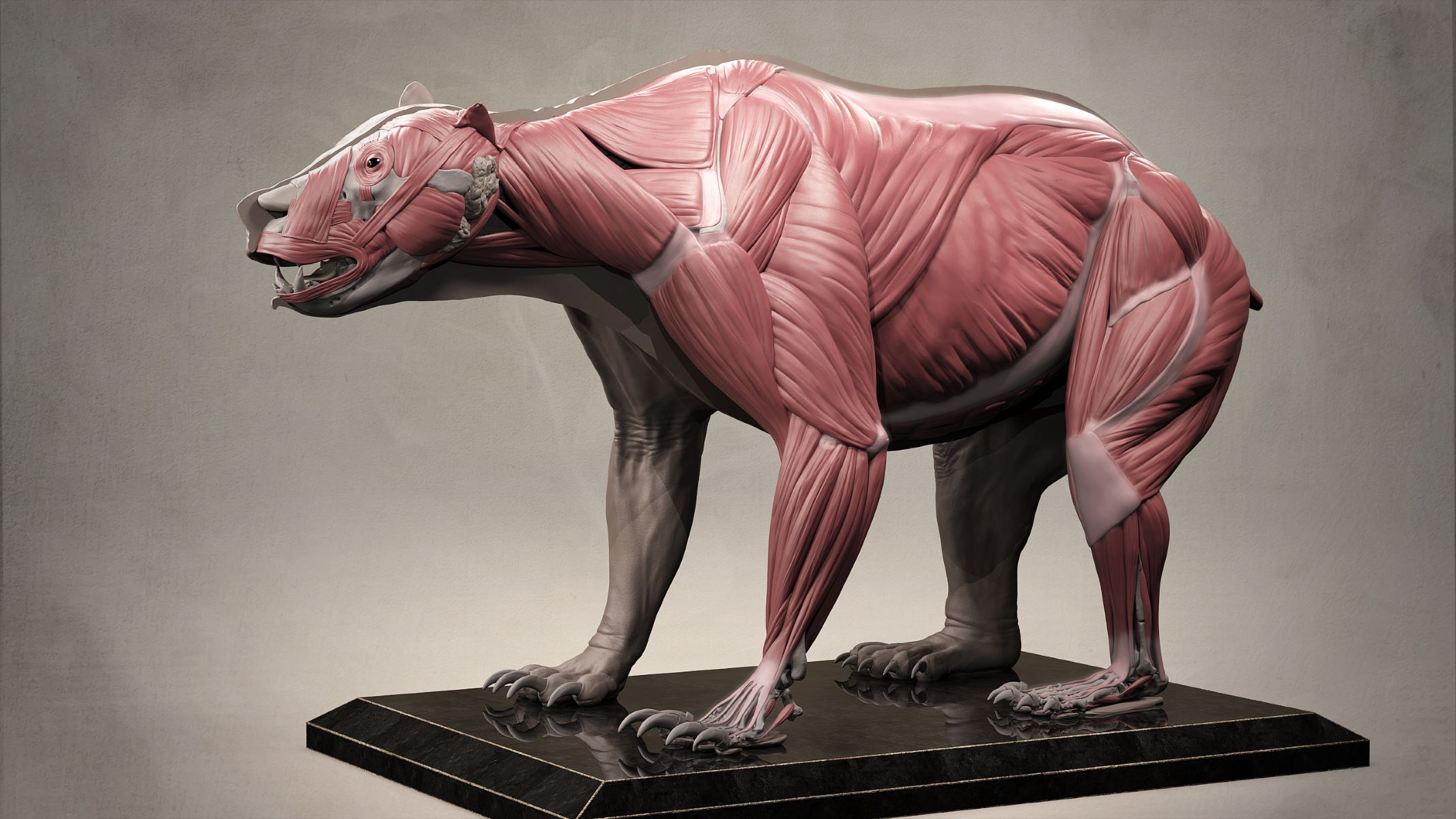Home>Arts and Culture>The Fascinating Symbolism And Mythologies Of The Two-Headed Snake


Arts and Culture
The Fascinating Symbolism And Mythologies Of The Two-Headed Snake
Published: January 29, 2024
Explore the captivating symbolism and mythologies surrounding the two-headed snake in this intriguing exploration of arts and culture. Uncover the significance of this enigmatic creature in various cultural contexts.
(Many of the links in this article redirect to a specific reviewed product. Your purchase of these products through affiliate links helps to generate commission for Regretless.com, at no extra cost. Learn more)
Table of Contents
Introduction
The image of a two-headed snake has long captivated human imagination, transcending cultural and geographical boundaries to become a symbol of profound significance. This enigmatic creature has been revered and feared in equal measure, weaving its way through the tapestry of human history and mythology. The duality inherent in its form has sparked awe and curiosity, leading to its prominent placement in various cultural narratives and belief systems. From ancient civilizations to modern interpretations, the two-headed snake continues to evoke a sense of mystery and intrigue, inviting us to delve deeper into its symbolism and mythological representations.
The allure of the two-headed snake lies in its inherent contradiction – two heads sharing a single body, representing a paradoxical unity of divergent forces. This dichotomy has been a source of fascination for cultures across the globe, each imbuing the creature with their own unique interpretations and meanings. As we explore the symbolism and mythologies surrounding the two-headed snake, we embark on a journey through the annals of human creativity and imagination, unearthing the rich tapestry of beliefs and narratives that have enshrined this creature in the collective consciousness of humanity.
The Two-Headed Snake in Different Cultures
The two-headed snake holds a significant place in the mythologies and belief systems of diverse cultures around the world. Its presence transcends geographical boundaries, resonating with various civilizations throughout history. In many cultures, the two-headed snake is revered as a symbol of dualism, representing opposing forces in harmony or conflict. Let's delve into the multifaceted interpretations of this enigmatic creature across different cultural contexts.
Ancient Egypt
In ancient Egypt, the serpent held a revered status, symbolizing both life and death. The duality of the two-headed snake was associated with the contrasting forces of creation and destruction, often depicted as an emblem of the sun and the moon. The intertwined heads of the serpent embodied the eternal cycle of life and death, reflecting the Egyptian belief in the cyclical nature of existence.
Aztec Civilization
Among the Aztecs, the two-headed snake held profound symbolism, representing the duality of life and death, as well as the celestial and earthly realms. Known as "coatl," the double-headed serpent was linked to Quetzalcoatl, the feathered serpent deity associated with creation and fertility. The Aztecs revered the two-headed snake as a potent symbol of cosmic balance and the interconnectedness of opposing forces.
Hindu Mythology
In Hindu mythology, the two-headed serpent known as "Naga" occupies a prominent place. Naga is often depicted as a divine being, with its two heads signifying the dual nature of existence – the material and spiritual worlds. The serpent's dual heads are believed to represent the duality of time, with one head symbolizing the past and the other the future. Naga is revered as a guardian deity and a symbol of wisdom and protection.
Read more: The Surprising Cause Of Flat Heads In Adults
Greek and Roman Mythology
In ancient Greece and Rome, the image of the two-headed snake was associated with Janus, the god of beginnings and transitions. Janus was often depicted with two faces looking in opposite directions, symbolizing the duality of past and future, beginnings and endings. The two-headed snake served as a potent emblem of Janus, embodying the concept of duality and the cyclical nature of time.
Native American Cultures
Among various Native American tribes, the two-headed snake held diverse symbolic meanings. For some, it represented the balance between the earthly and spiritual realms, while for others, it signified the interconnectedness of nature and the cyclical rhythms of life. The two heads of the snake were seen as embodying the harmonious coexistence of opposing forces, reflecting the intricate balance of the natural world.
The pervasive presence of the two-headed snake in diverse cultures underscores its enduring significance as a symbol of dualism and interconnectedness. Across civilizations, this enigmatic creature continues to embody the timeless fascination with the interplay of opposing forces, inviting us to contemplate the intricate tapestry of human beliefs and mythologies.
Symbolism of the Two-Headed Snake
The symbolism of the two-headed snake encompasses a rich tapestry of meanings, reflecting the profound complexities and dualities inherent in human existence. Across diverse cultures and belief systems, this enigmatic creature serves as a potent emblem of contrasting forces in harmony or conflict.
Duality and Unity
At the heart of the two-headed snake's symbolism lies the concept of duality and unity. The dual heads, often facing in opposite directions, symbolize the coexistence of conflicting forces within a singular entity. This duality extends beyond mere opposition, encapsulating the intricate interplay of complementary forces such as life and death, creation and destruction, light and darkness. The two-headed snake embodies the paradoxical unity of these opposing elements, serving as a visual representation of the delicate balance that sustains the cosmos.
Cosmic Balance
In many cultures, the two-headed snake is revered as a symbol of cosmic balance and equilibrium. Its dual nature reflects the interconnectedness of opposing forces that govern the natural world and the universe at large. The creature's intertwined heads signify the harmonious coexistence of disparate energies, emphasizing the cyclical rhythms of existence and the perpetual interplay of cosmic forces. As a symbol of balance, the two-headed snake invites contemplation on the intricate harmony that underpins the fabric of reality.
Dualistic Forces
The two-headed snake embodies the dualistic forces that shape human experience and the broader scope of existence. It represents the eternal struggle between opposing principles, such as good and evil, order and chaos, and light and shadow. This symbolism extends beyond mere conflict, encapsulating the inherent tension and interdependence of these opposing forces. The creature's dual heads serve as a visual reminder of the perpetual dance between conflicting energies, underscoring the essential role of duality in shaping the human psyche and the cosmic order.
Transformation and Renewal
In some cultural contexts, the two-headed snake symbolizes transformation and renewal. Its dual heads are interpreted as emblematic of the cyclical nature of life, death, and rebirth. The shedding of its skin serves as a powerful metaphor for regeneration and metamorphosis, signifying the perpetual cycles of transformation that characterize the human journey. The creature's symbolism as a harbinger of renewal underscores its association with regeneration and the eternal rhythm of creation.
Protection and Guardianship
Across various mythologies, the two-headed snake is revered as a guardian and protector. Its dual heads are seen as vigilant sentinels, capable of surveying multiple realms simultaneously. This protective symbolism underscores the creature's role as a guardian of thresholds and boundaries, warding off malevolent forces while safeguarding sacred spaces. The two-headed snake's association with protection speaks to its role as a benevolent presence, offering guidance and shelter to those in need.
In essence, the symbolism of the two-headed snake transcends cultural boundaries, embodying a universal fascination with the interplay of dualistic forces and the delicate balance of cosmic energies. Its multifaceted symbolism invites contemplation on the profound complexities of existence, serving as a timeless emblem of unity amidst diversity and the eternal dance of opposing forces.
Mythologies Featuring Two-Headed Snakes
Mythologies across diverse cultures have woven intricate narratives around the enigmatic figure of the two-headed snake, endowing it with symbolic significance and mythic resonance. These captivating tales delve into the depths of human imagination, intertwining the dualistic nature of the two-headed serpent with the fabric of creation, transformation, and cosmic order.
In Hindu mythology, the two-headed serpent, known as "Naga," occupies a prominent role as a divine being with immense power and wisdom. The serpent's dual heads symbolize the duality of time, representing the past and the future. Naga is revered as a guardian deity, often depicted coiled around the neck of Lord Vishnu, the preserver of the universe. According to ancient Hindu scriptures, Naga plays a pivotal role in shaping the destiny of gods and mortals, embodying the intricate dance of fate and foresight.
In Aztec mythology, the two-headed snake, known as "coatl," is intrinsically linked to the deity Quetzalcoatl, the feathered serpent associated with creation and fertility. The Aztecs revered Quetzalcoatl as a benevolent deity, embodying the dual forces of life and death, light and darkness. According to mythic accounts, Quetzalcoatl's transformative journey mirrors the cyclical nature of existence, with the two-headed snake serving as a potent symbol of rebirth and regeneration.
In Greek and Roman mythology, the image of the two-headed snake finds resonance in the figure of Janus, the god of beginnings and transitions. Janus is often depicted with two faces, each looking in opposite directions, symbolizing the duality of past and future. The two-headed snake serves as a visual emblem of Janus, encapsulating the concept of duality and the cyclical nature of time. As the guardian of gates and thresholds, Janus embodies the transformative power of transitions, with the two-headed snake signifying the liminal space between endings and new beginnings.
Across these diverse mythologies, the two-headed snake emerges as a potent symbol of duality, transformation, and cosmic balance, weaving its way through the timeless narratives of creation and renewal. These mythic interpretations invite us to contemplate the profound mysteries of existence, as embodied by the dualistic nature of the two-headed serpent, and the enduring significance it holds in shaping the mythic landscapes of diverse cultures.
The Two-Headed Snake in Modern Culture
In modern culture, the symbolism of the two-headed snake continues to resonate, captivating the imagination of artists, writers, and creators across various artistic mediums. The enigmatic allure of this creature has permeated contemporary narratives, serving as a potent symbol of duality, transformation, and the timeless interplay of opposing forces.
In literature, the two-headed snake often emerges as a metaphor for the complexities of human nature and the intricacies of moral dilemmas. Authors and poets have drawn upon its symbolism to explore themes of internal conflict, moral ambiguity, and the eternal struggle between light and darkness. The dual heads of the snake serve as a powerful literary device, inviting readers to contemplate the multifaceted nature of human experience and the perpetual tension between conflicting impulses.
In visual arts, the image of the two-headed snake has been reimagined in diverse forms, reflecting the evolving interpretations of its symbolism. Contemporary artists harness the dualistic nature of the serpent to convey themes of unity amidst diversity, the cyclical rhythms of existence, and the enigmatic dance of opposing energies. Through striking visual representations, the two-headed snake serves as a compelling emblem of the intricate balance that sustains the cosmic order, inviting viewers to ponder the timeless mysteries encapsulated within its form.
In popular culture, the two-headed snake has found its place in various media, from cinema to video games, where its symbolism is often intertwined with themes of transformation, duality, and the eternal struggle between conflicting forces. The creature's enigmatic presence in modern storytelling reflects its enduring appeal as a symbol of profound significance, capable of evoking a sense of wonder and introspection in contemporary audiences.
The enduring presence of the two-headed snake in modern culture underscores its timeless resonance, serving as a testament to the enduring power of its symbolism. As a symbol of duality, transformation, and cosmic balance, the two-headed snake continues to weave its way through the fabric of contemporary creativity, inviting audiences to engage with its rich tapestry of meanings and interpretations.
Conclusion
The two-headed snake stands as a captivating symbol that transcends time and cultural boundaries, weaving its way through the tapestry of human history, mythology, and modern culture. Its dualistic nature embodies the paradoxical unity of opposing forces, serving as a potent emblem of duality, transformation, and cosmic balance.
As we journeyed through the symbolism and mythologies surrounding the two-headed snake, we encountered a rich tapestry of meanings that reflect the profound complexities and dualities inherent in human existence. From ancient civilizations to contemporary interpretations, the enigmatic allure of the two-headed snake continues to captivate the imagination of diverse cultures, inviting contemplation on the intricate balance that sustains the cosmos.
In ancient Egypt, the two-headed snake symbolized the eternal cycle of life and death, while among the Aztecs, it embodied the interconnectedness of opposing forces. In Hindu mythology, the two-headed serpent Naga represented the duality of time, and in Greek and Roman mythologies, it mirrored the concept of beginnings and transitions. These diverse interpretations underscore the enduring significance of the two-headed snake as a symbol of dualism and interconnectedness.
Furthermore, the two-headed snake has found resonance in modern culture, permeating literature, visual arts, and popular media as a metaphor for the complexities of human nature, moral dilemmas, and the eternal struggle between conflicting impulses. Its enduring presence in contemporary storytelling reflects its timeless resonance and its capacity to evoke introspection and wonder in audiences.
In essence, the two-headed snake serves as a compelling reminder of the delicate balance that underpins the fabric of reality. Its symbolism invites us to contemplate the profound mysteries of existence, the intricate dance of opposing forces, and the timeless interplay of cosmic energies. As a symbol of duality, transformation, and cosmic balance, the two-headed snake continues to inspire awe and curiosity, inviting us to unravel its enigmatic significance and embrace the timeless wisdom it embodies.












